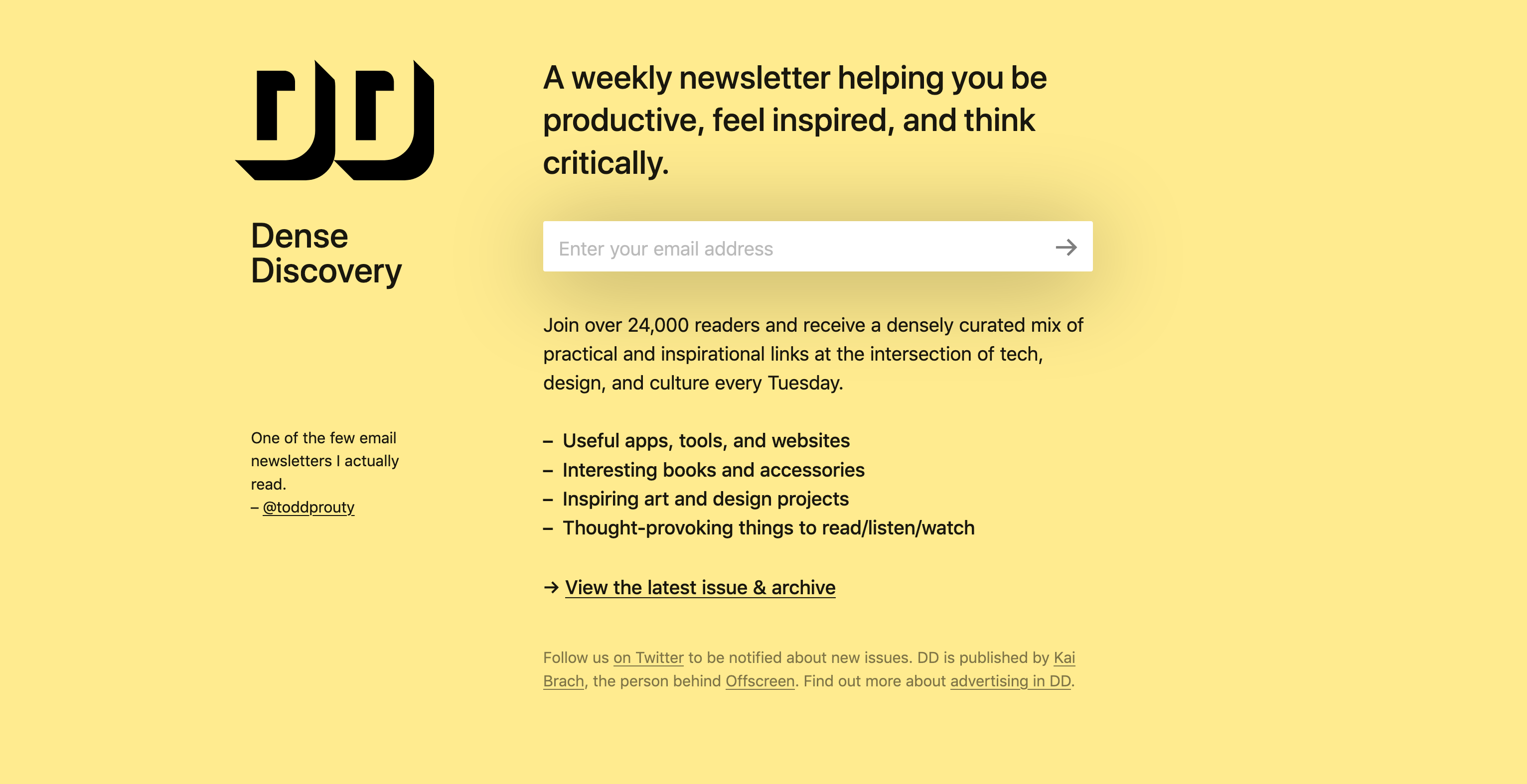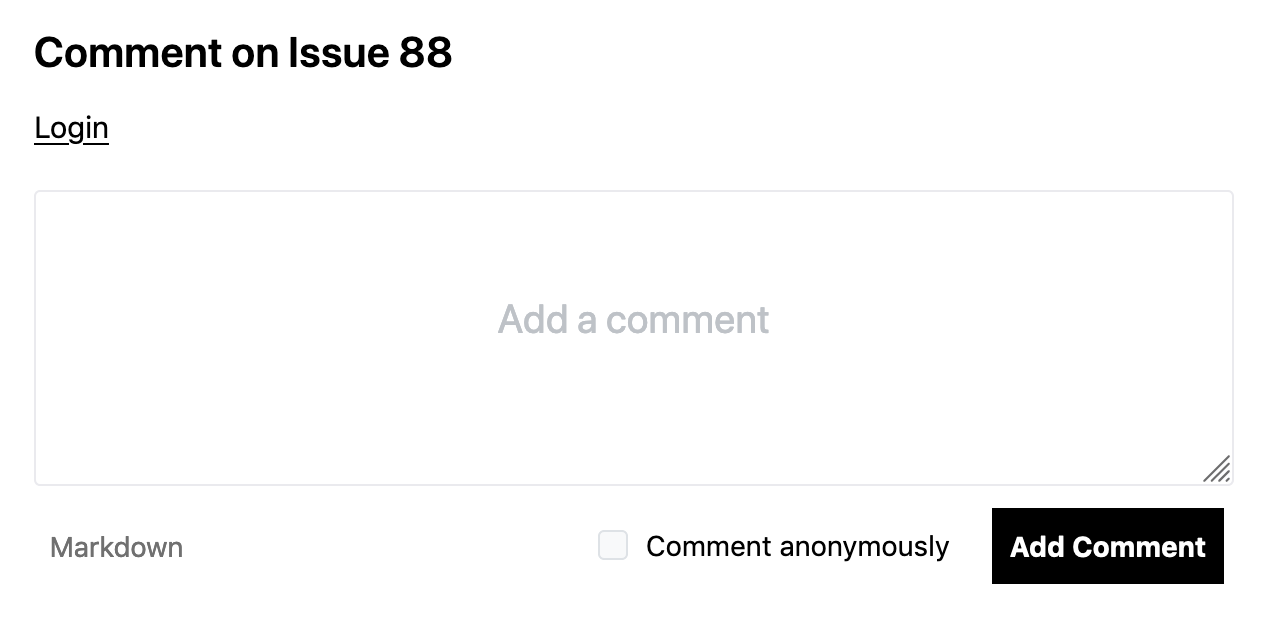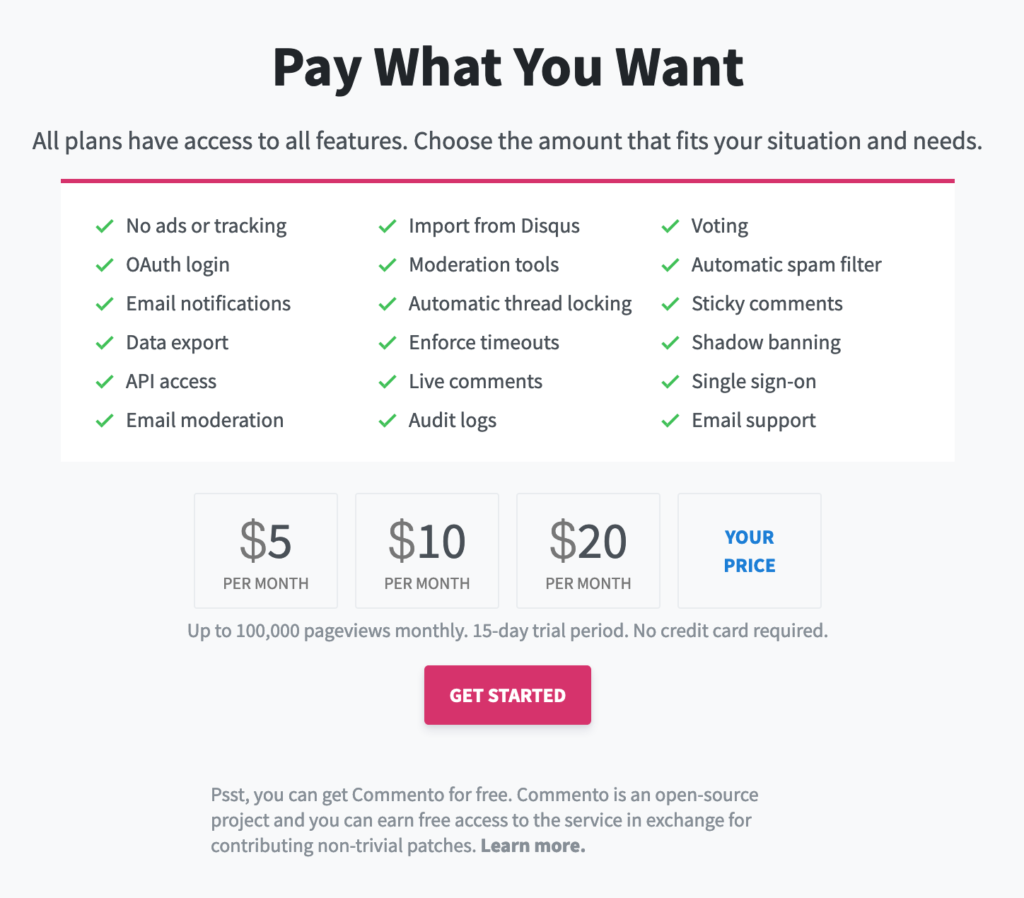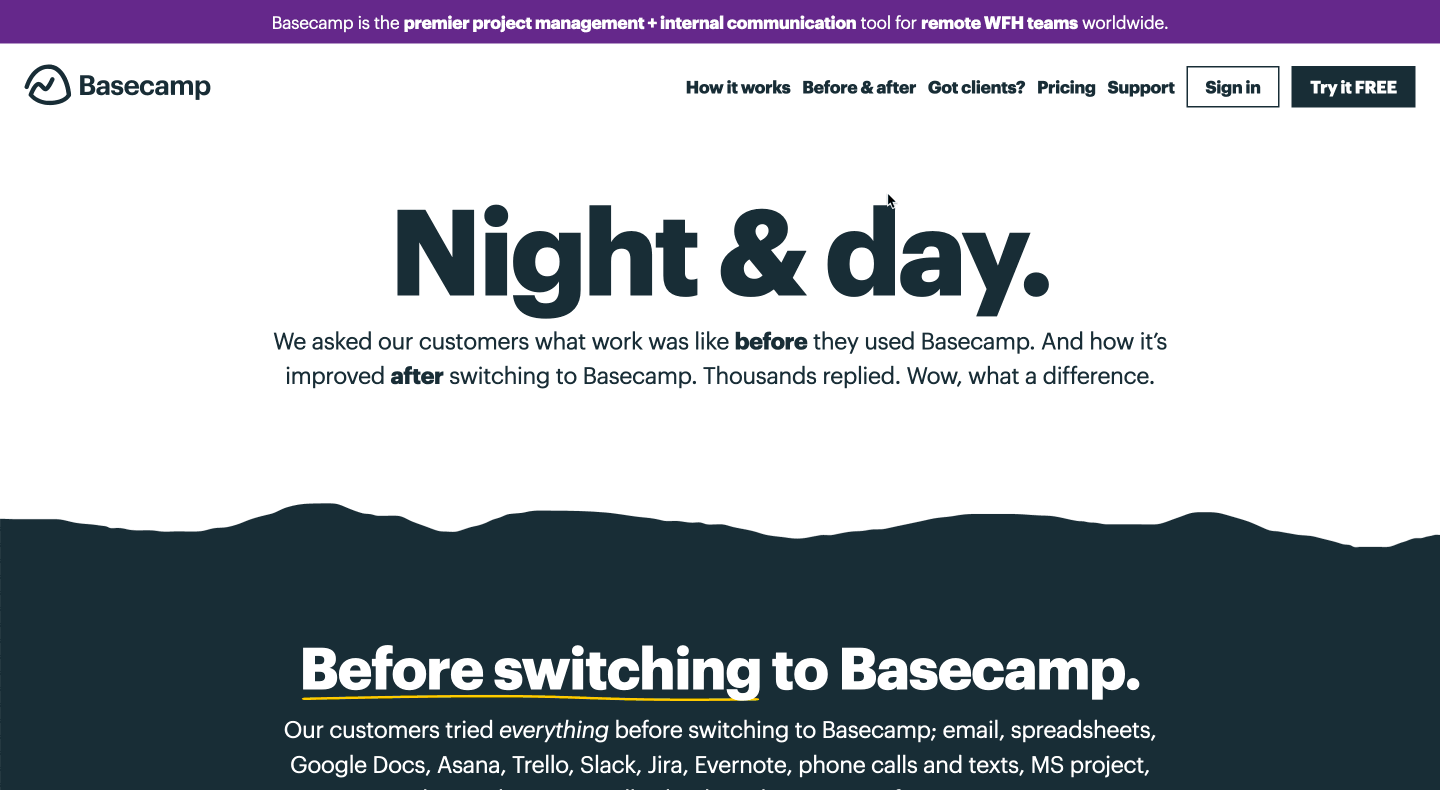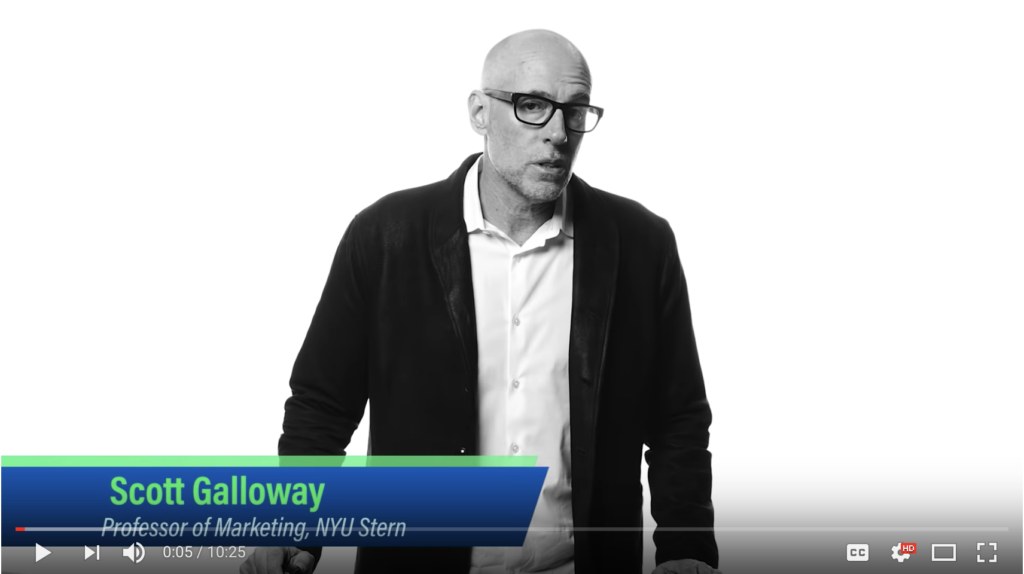A marketer’s most useful skill is writing.
I have said many times, “give me a writer who’s willing to learn and work hard, and I’ll give you a good marketer.”
I found this article today via Jack Butcher and thought it was worth sharing.
Here are the highlights:
1. Writing is a customer service problem.
2. Pretend you’re sending an email.
3. Sum it up in a tweet.
4. Read it on your phone.
5. Don’t write your thought process.
6. Start with a summary.
7. Writing is rewriting.
8. Delete half the words.
9. Avoid adjectives.
10. Scrutinize every word for bias.
11. Kill your darlings.
12. Use persuasion checklists.
13. Skim Strunk & White.
14. Break the rules once you learn the rules.
15. Writing is a design problem
If you read the original post, you will get the author’s commentary on each idea.
I won’t copy the author’s full commentary here, but I will share a couple that I especially like to give you a taste. The link to the full post is at the end.
1. Business writing is a customer service problem. You’re not the star—the reader is. Help them get what they want, as quickly and effectively as possible. They might want to solve a problem. They might want to be persuaded. Give ’em the goods.
2. Pretend you’re sending an email. Or a Slack message. It will calm your mind and yield better writing.
4. Email it to yourself and read it on your phone. You’ll see the words with fresh eyes, as if someone else wrote them. This will force you to keep it short and simple.
5. Don’t write your thought process. The final draft shouldn’t mimic the path you took to come up with the idea. Instead, start the piece with a conclusion and make your best case.
6. Start with a summary. A good summary absolves the reader from reading further. But they will still want to.
8. Delete half the words. Say more with less. That’s good customer service. “If I had more time, I would have written a shorter letter.”
9. Avoid adjectives. Use numbers instead. An adjective is an admission that you don’t know the number.
— Read on venturehacks.com/writing
